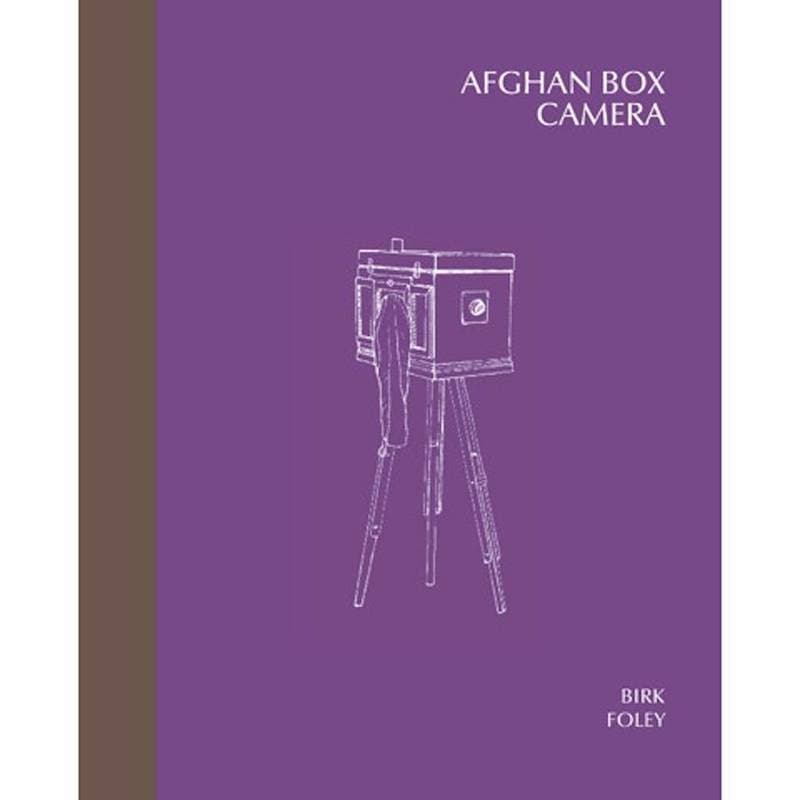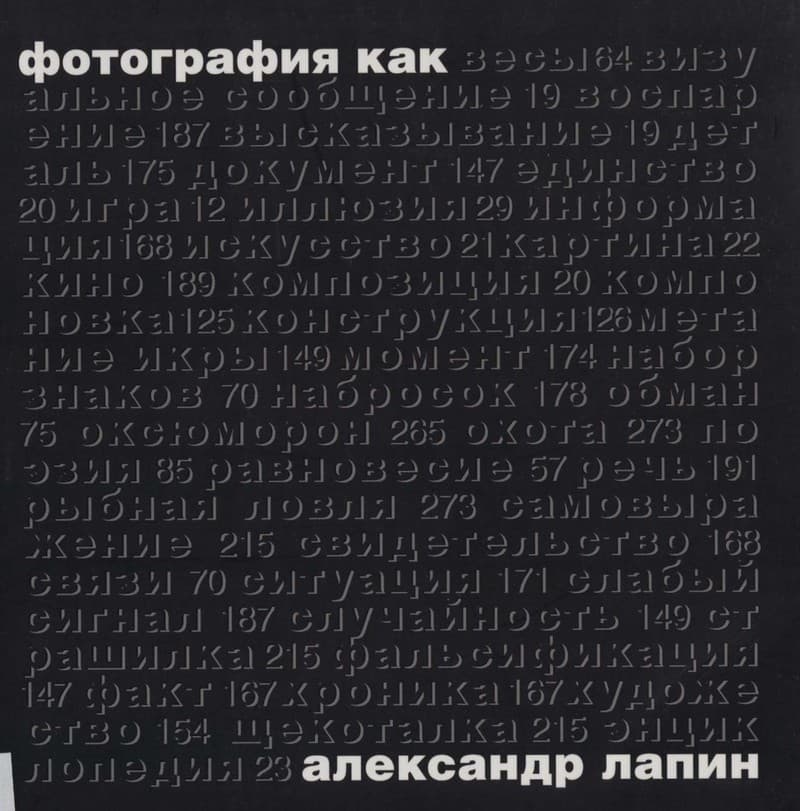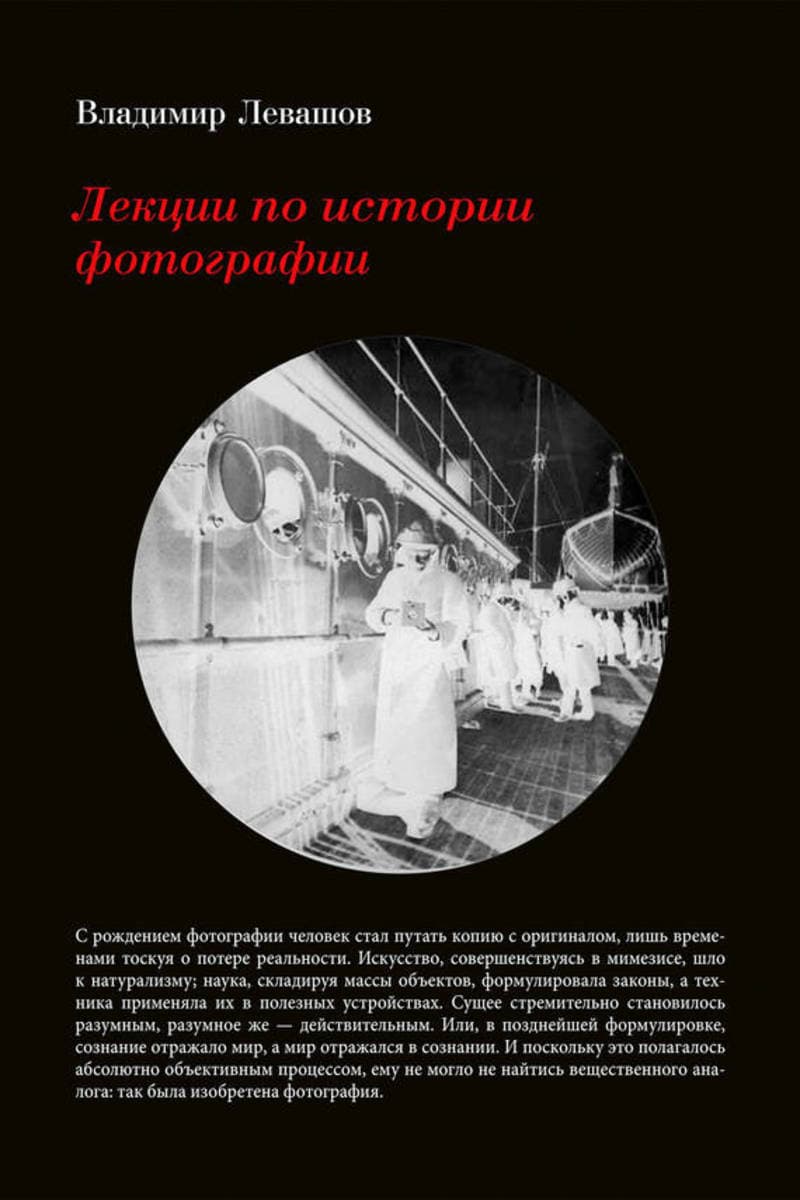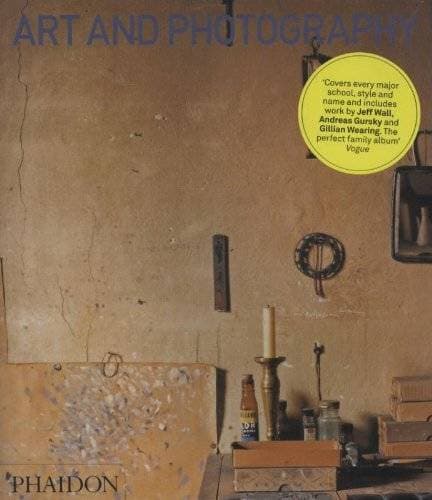Framing the Interpreter: Towards a Visual Perspective
This book analyses photo postcards, snapshots and press photos from several historical periods of conflict, associated with different photographic technologies and habits of image consumption: the colonial period, the First and Second World War, and the Cold War. The book’s methodological approach to the “framing” of the interpreter uses tools taken primarily from visual anthropology, sociology and visual syntax to analyse the imagery of the modern era of interpreting. By means of these interpretative frames, the contributions suggest that each culture, subculture or social group constructed its own representation of the interpreter figure through photography. This book will be of interest to researchers and advanced students in translation and interpreting studies, as well as to those working in visual studies, photography, anthropology and military/conflict studies.
Данные книги
Takeeda Kayoko (Автор статьи), Langford Rachael (Автор статьи), Mersmann Birgit (Автор статьи), Kelly Michael (Автор статьи), Footitt Hilary (Автор статьи), Fernandex-Ocampo Anxo (Автор статьи), Edwards Elizabeth (Автор статьи), Kujamaki Pekka (Автор статьи), Heimburger Franziska (Автор статьи)
Абингдон
2014
202 страницы
9780415712743
Доступ по запросу
Да
Нет
770 Fer
1
- Framing the West: Race, Gender, and the Photographic Frontier in the Pacific Northwest2003
- Afghan Box Camera2013
- Фотовек. Очень краткая история фотографии за последние сто лет2002
- Фотография как...2016
- Ленинградский фотоандеграунд2007
- Лекции по истории фотографии2008
- Философия фотографии2005
- Субъектив. Фотограф о фотографии2006
- Московский фотоклуб «Новатор». Выпуск 7. 80-90‑е годы2021
- Фотовек. Очень краткая история фотографии за последние 100 лет2020
- Картомания. Невыдуманные рассказы из истории фотографии2019
- Art and Photography2003












